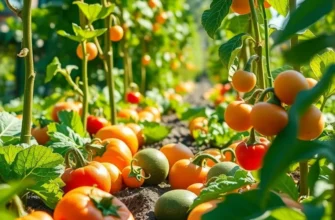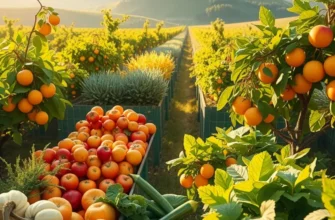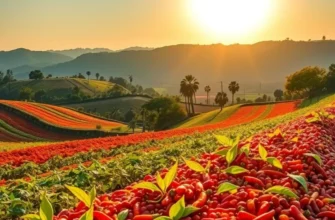Ancient grains, with their rich history and diverse flavors, are not just a modern health trend but a testament to culinary traditions passed down through generations. These grains include varieties such as quinoa, farro, and spelt, that have nourished countless cultures around the globe. Exploring their origins and culinary applications not only satisfies the palate but also offers a glimpse into the traditions and communities that have cultivated them. Join us on this delicious journey through time to discover the stories behind these remarkable grains.
The Timeless Appeal of Ancient Grains
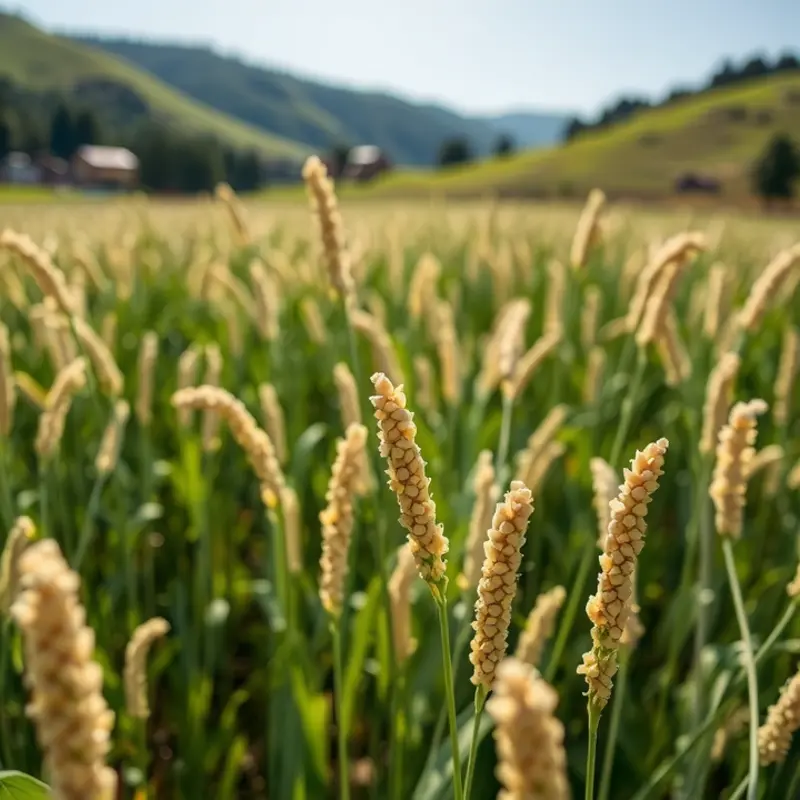
Amidst the vast landscape of culinary history, ancient grains stand as resilient and revered staples. These grains, such as quinoa, millet, and amaranth, are more than just sustenance; they embody cultural narratives and survival strategies spanning continents and millennia.
Quinoa, native to the Andean region, boasts a legacy intertwined with the Incas, who prized it as a sacred grain. This nutrient powerhouse not only provides essential amino acids but also carries a chewy texture and nutty undertone. As people seek plant-based protein sources, quinoa’s historical use aligns seamlessly with modern dietary goals, particularly those encouraged in easy plant-based eating practices (source).
Millet has graced the tables of African, Asian, and European societies for thousands of years. Its drought-resistant nature made it indispensable in dry regions. Millet’s versatility shines through in dishes from Indian rotis to African porridges. Packed with magnesium and phosphorus, it aids in bone health and energy production. This grain remains a vital contributor to sustainable and regional diets.
Amaranth, a celebrated grain of the Aztecs, symbolizes resistance and resilience. After Spanish conquest attempts to erase its cultivation, amaranth persisted, underscoring its importance in Mesoamerican culture. Rich in fiber, iron, and calcium, it offers a slightly sweet flavor, making it ideal for both savory and sweet dishes. Amaranth’s revival reflects a broader movement towards recognizing indigenous knowledge and food practices.
Globally, ancient grains have also been adapted into diverse culinary uses. In Italy, farro complements hearty soups; in Ethiopia, teff turns into the spongy injera bread. These traditional uses demonstrate how ancient grains continue to influence contemporary culinary trends.
The health benefits of ancient grains are vast. They often contain higher levels of protein and fiber compared to modern grains, supporting better digestion and sustained energy. Amaranth and quinoa are vital for those adhering to gluten-free diets, offering alternatives without sacrificing nutrition. Moreover, their environmental resilience makes them excellent candidates for addressing food security in the face of climate change.
Food enthusiasts and health advocates alike find ancient grains’ narrative as compelling as their gastronomic potential. The ongoing celebration of these grains in global cuisine reflects not only a return to nutritional wisdom but also an appreciation for the deep cultural connections they foster. As ancient grains find their way back into modern kitchens, they offer a bridge between our ancestral past and a sustainable future.
Cooking with Ancient Grains: Recipes from Around the World
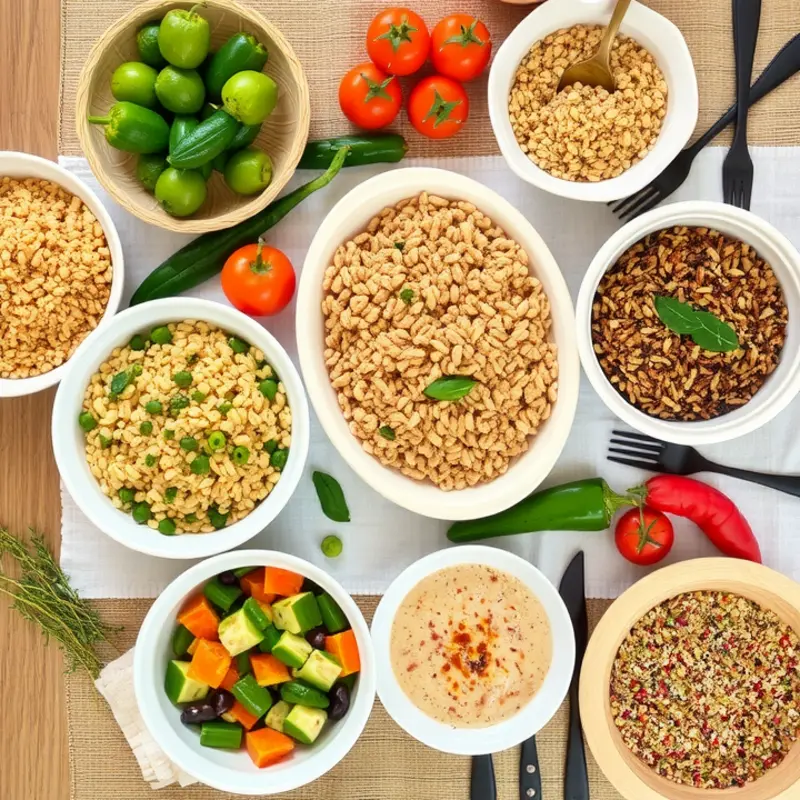
Cooking with ancient grains invites us to explore a tapestry of flavors and textures deeply rooted in cultural heritage. These grains, ranging from nutty quinoa to chewy farro, have been staples in global diets for centuries. As we embrace these grains in our kitchens, we can appreciate both traditional culinary techniques and modern interpretations.
One classic dish that highlights the versatility of ancient grains is quinoa risotto, hailing from South America. This dish transforms the humble quinoa seed into a creamy, rich experience, mirroring the texture of traditional risotto. To prepare, cook the quinoa in vegetable broth, stirring continuously to achieve a creamy consistency. Adding sautéed mushrooms and grated cheese elevates its savory profile, creating a meal that honors both Andean tradition and Italian influence.
Moving to Italy, farro salad is a beloved staple that showcases the grain’s robust texture. To prepare an authentic farro salad, cook the grain until al dente and toss with seasonal vegetables like roasted red peppers and cherry tomatoes. A simple dressing of olive oil, lemon juice, and fresh herbs ties the dish together, offering a refreshing accompaniment to any meal.
Across the globe, Ethiopia’s injera represents a traditional use of teff, a tiny yet nutritious grain. Making injera involves fermenting teff flour, water, and a touch of yeast for several days. The resulting batter is poured onto a hot griddle, creating a spongy, slightly sour flatbread perfect for scooping up stews and curries. While making injera requires patience, the unique taste and texture it brings are well worth the effort.
For modern twists on ancient grains, consider creating a buckwheat breakfast bowl. Start by toasting buckwheat groats for a nutty aroma before boiling them in water until tender. Serve with a topping of fresh fruits, nuts, and a drizzle of honey. This dish harmonizes with contemporary breakfast trends while staying rooted in tradition.
Cooking methods are crucial when working with ancient grains. Quinoa benefits from rinsing under cold water to remove its natural bitterness. Farro, pre-soaked, cooks more uniformly and rapidly. Teff flour’s fineness demands careful attention to fermentation time, ensuring a balanced flavor. Utilizing these techniques can bring out the best in each grain, enhancing their natural attributes.
For those looking to reduce salt without sacrificing flavor, integrating herbs, spices, and citrus zest can elevate these ingredients. For more ideas on enhancing recipes without salt, consider exploring this resource.
Incorporating ancient grains into daily meals not only diversifies our diets but also connects us with global culinary traditions. Delving into these recipes allows us to travel the gastronomic world, celebrating the past and present through nourishing, diverse flavors.
Final words
Ancient grains serve not only as a bridge to our culinary past but also as a reminder of the innovation and resourcefulness in global cuisines. From traditional dishes that have stood the test of time to contemporary recipes that elevate these ingredients, the versatility of ancient grains is practically boundless. As these grains continue to gain popularity, their stories help us appreciate the rich tapestry of human history connected through food. Embracing them in our diets allows us to savor not just the flavors, but the cultural significance behind them, enriching our culinary experiences along the way.



